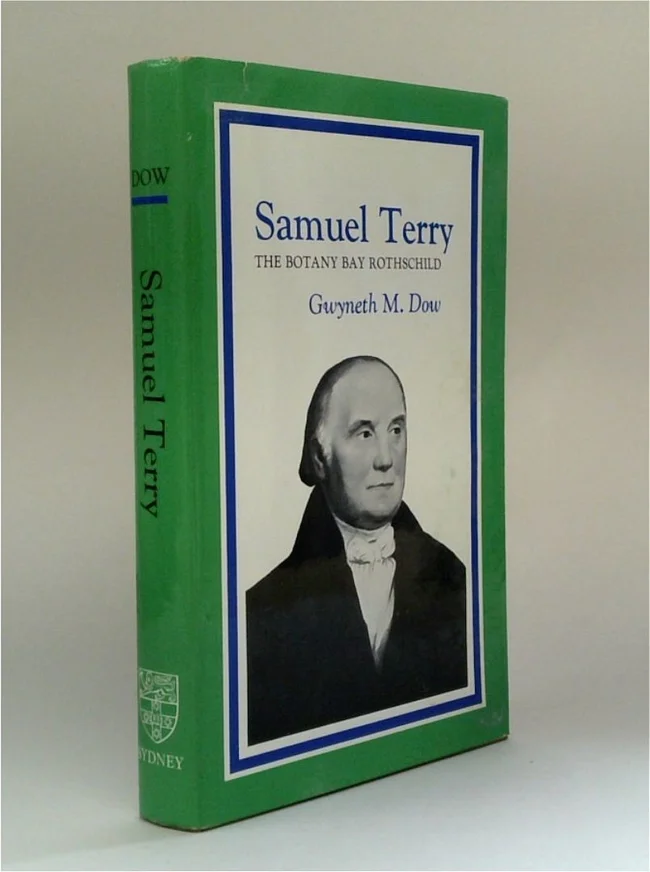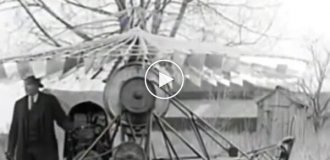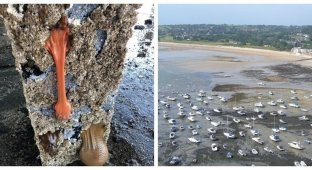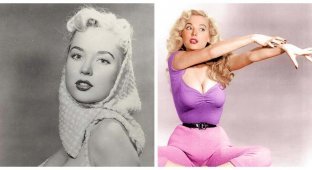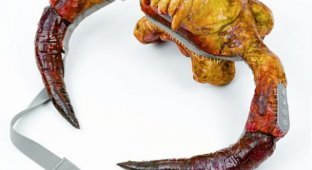Samuel Terry is the most successful prisoner in Australia (5 photos)
Is it possible to change your life by turning it upside down when you are just a prisoner eking out a miserable existence? 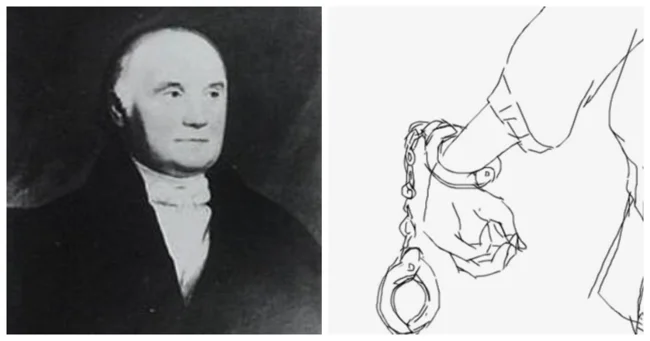
This man proved that such an outcome is quite possible. In June 1801, Samuel Terry disembarked from Earl Cornwallis's ship in irons. He had arrived in Sydney to serve his sentence in the colony. The previous year, the 24-year-old labourer had been convicted in Lancashire of stealing 400 pairs of stockings and sentenced to seven years. 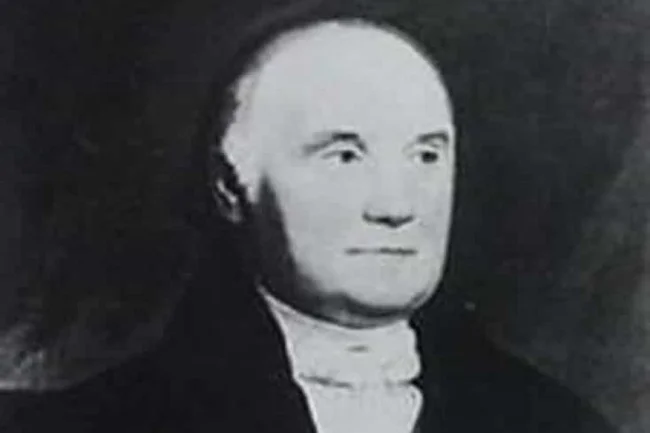
Samuel Terry
Despite the adverse circumstances, Terry's resourcefulness and business acumen enabled him to turn fortunes to his side. Through shrewd investments and a profitable marriage, he amassed a vast fortune, becoming the richest man in Australia within three decades of his arrival. At the time of his death, his fortune was worth 3.39% of the colony's gross domestic product, placing him among the richest men in England.
Little is known about Terry's early life, other than that he was a labourer in Manchester when he was transported to Australia. During his time in prison, he worked as a mason in the Parramatta Female Factory and Gaol, and helped cut stones for the church. Records show that he was punished for neglecting his duties, but rewarded for his hard work.
Before his sentence was complete, Terry set up his own business as a mason in Parramatta, and by 1809 owned a farm in the Hawkesbury area. In 1810, Terry married publican Rosetta Madden, receiving her property as her dowry. 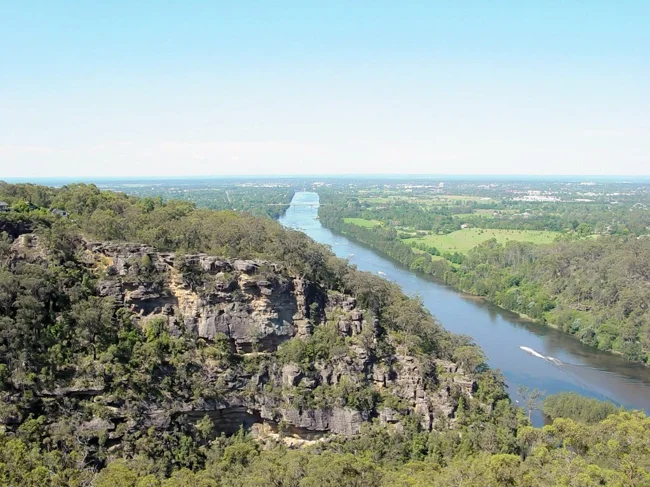
Nepean River
The couple prospered, first through their inn and shop, and soon through their dealings in town property. By 1815, the Terrys had established a farm on the Nepean River and also owned property in the Illawarra. In 1817, Governor Lachlan Macquarie, who granted him town allotments, described him as a "rich merchant". Terry was also an important supplier of flour and fresh meat to the government. Between 1817 and 1820, he owned more than a fifth of the total value of mortgages registered in the colony, exceeding the stake of the Bank of New South Wales, of which he was one of the largest shareholders. Commissioner John Thomas Bigge reported that in 1820 he owned 1,450 head of cattle, 3,800 sheep and almost 8,000 hectares of land.
As Terry prospered, gossip began to circulate about how he had acquired such wealth. Rumours circulated that Terry would invite officers and small landowners to his house, get them drunk, and then force them to sign over the title to his estates as collateral for debts. These rumours were never substantiated, and the Governor continued to hold him in high regard. Although his shady dealings were described with exaggeration, Terry was indeed a ruthless businessman, relentless in his dealings and the pursuit of his goals. By 1821, Terry had brought 28 Supreme Court cases against other businessmen and individuals. 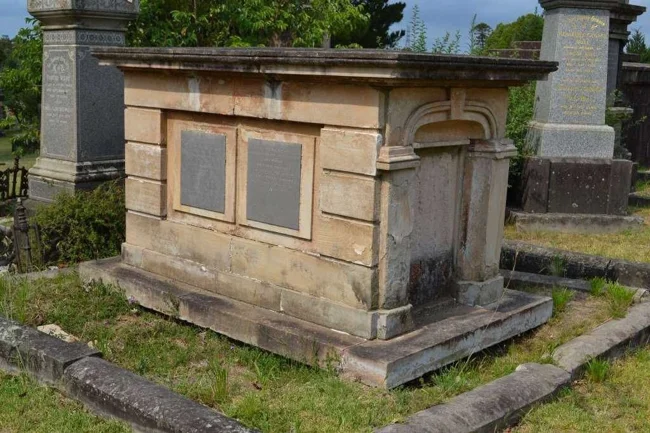
Terry's grave
Throughout the 1820s, Terry's fortunes continued to grow. He established a stable on the Illawarra lands granted to him by Macquarie, built the vast Terry's Buildings opposite his Pitt Street residence, founded a country house, Box Hill, developed farms in Liverpool, on the Nepean River, and later in Yass and Bathurst, as well as flour mills and breweries. Terry became a prominent public figure and was by far the most successful of all the emancipists. In his later years he was known for his philanthropy.
Terry died in 1838, three years after suffering from paralysis following a stroke. He left behind a personal fortune of £250,000 and an annual income of over £10,000 from rent alone. Terry's vast wealth earned him the nickname "the Rothschild of Botany Bay" - after the richest banker of his day. 